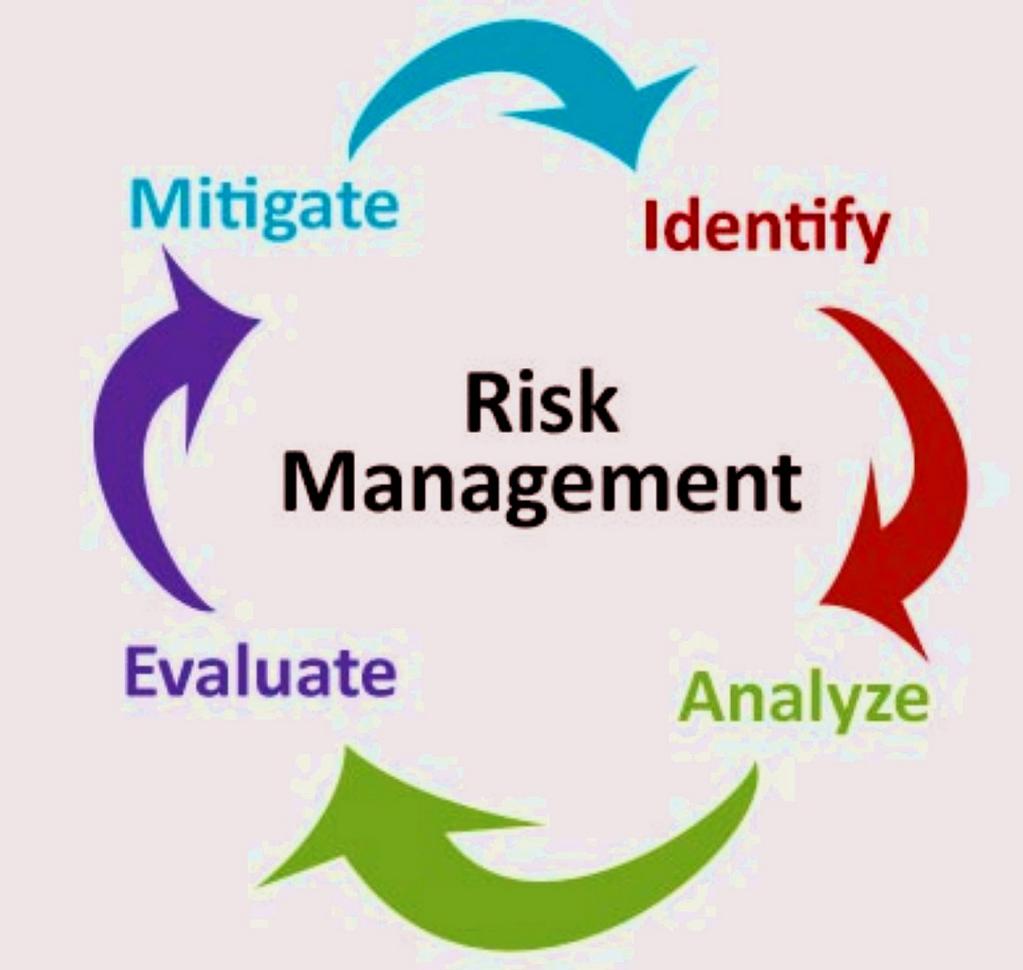 A ROBUST METHOD: Much like a casino you must have an edge in your trading. Your system must be a robust one with the odds on your side either through many more wins than losses with equal capital at risk or small losses and big wins over a long period of time.
A ROBUST METHOD: Much like a casino you must have an edge in your trading. Your system must be a robust one with the odds on your side either through many more wins than losses with equal capital at risk or small losses and big wins over a long period of time.
CONFIDENCE: You must have the confidence in your method that it is a winner in the long term through proper research or back testing. You also must have confidence in yourself to execute the plan.
DISCIPLINE: A trader must have the discipline to take their predetermined entries and exits. The trader is the weakest link in trading no method works with out the discipline to execute it in a live market.
TRADING PLAN: A trader has to have a plan on what they will trade, how much they will trade, the time frame they are trading on and rules that they will follow for entries and exits.
EMOTIONAL CONTROL: The winning trader must have the ability to not make decisions based on emotions. Winning traders still feel emotions but have the ability to stay on their trading plan instead of making decisions based on fear or greed in the heat of market action.
RISK/REWARD: The best trades to take have the potential to win $3 for each $1 risked. With this ratio a trader can lose on two trades our of three and still make money. This is a defined edge and keeps the trader looking for only the best instruments to trade and taking the best entry points as part of their system.
EGO CONTROL: The destruction of many traders is when they believe they do not need risk management or rules and that they are smarter than the market and begin taking trades based purely on their opinions instead of principles, price action, and chart action. Good traders are humble traders.
RISK OF RUIN: The best traders understand the best way to ensure their survival in trading is with only putting 1% of their total trading capital at risk in any one trade either through great entries with tight stop losses or trading smaller position sizes. Nothing will determine a trader’s success more than their ability to survive a string of 10-15 losses in a row.
MASTER YOUR OWN METHOD: Trader know thyself, know who you are, the trading method that fits your personality and risk tolerance and become a master of that method. Do not wander around when it gets tough, be faithful to your edge. Be the best that you can be at what you are whether you are a day trader, trend follower, option trader, momentum trader, chart reader, technical analyst, or fundamentalist. I know of traders that got reach with any of these methods but do not know any that got rich trading multiple methods. Pick one, master one.
PERSEVERANCE: Even with all the elements in place there will be rough months and even rough years for almost all traders. Sometimes right at the beginning of a new traders first plunge into the market the price action can act completely contrary to profits for that traders method. All the traders that ended up rich have one thing in common, they did not quit trading until they became rich.




 1 Risk is not the same as volatility. Assets can be volatile on the upside as well as the downside. Risk should instead be viewed as the permanent loss of purchasing power.
1 Risk is not the same as volatility. Assets can be volatile on the upside as well as the downside. Risk should instead be viewed as the permanent loss of purchasing power.  As many of you already know, one of the biggest factors in successful trading is how well you manage the trade – that is the stop-losses you place, the amount of capital that you put to work, where you take profits, and how you protect the profits that you already have. You could, no doubt, write many books on each of these subjects, but for now, I’m going to focus on a small, but critical aspect of risk-management and my inspiration comes from the movie “The Patriot”, which happens to be one of my favorite movies of all time.
As many of you already know, one of the biggest factors in successful trading is how well you manage the trade – that is the stop-losses you place, the amount of capital that you put to work, where you take profits, and how you protect the profits that you already have. You could, no doubt, write many books on each of these subjects, but for now, I’m going to focus on a small, but critical aspect of risk-management and my inspiration comes from the movie “The Patriot”, which happens to be one of my favorite movies of all time.